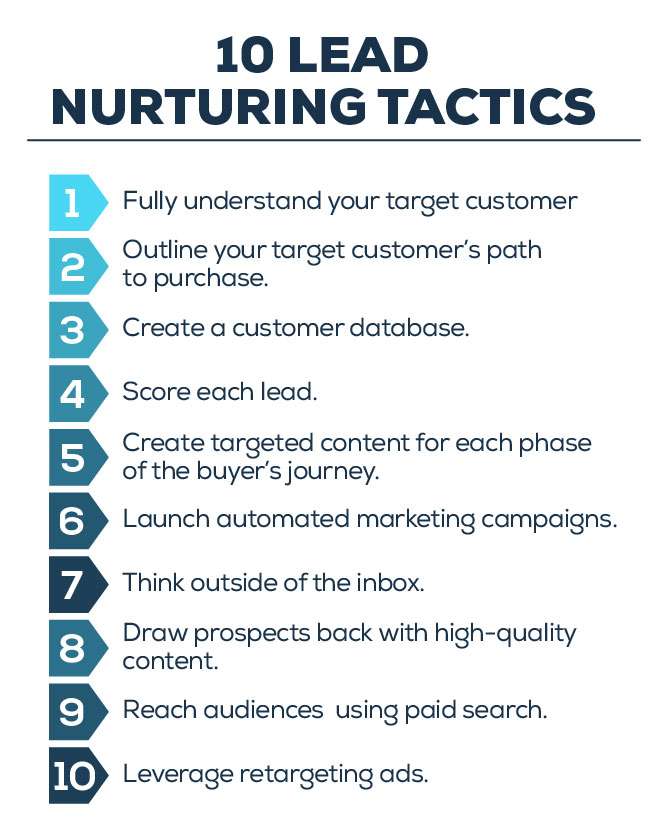1,785,757 total views, 6 views today
You should know about Web Fonts in Email for getting results
Web fonts play a very important role whether they are used in web design or for creating an email. Email marketing has become a highly competitive industry. Many companies have seen its value, and all companies use it as one of the main marketing channels. Therefore, it is necessary to create an e-mail that stands out from other e-mails. One method is to use web fonts in email typesetting to create unique letters.
Web fonts allow you to use more creative fonts to create unique emails. In short, these are non-standard fonts. As an email marketer, you can use two custom fonts to decorate your emails. These are web fonts and web-safe fonts. They look the same, but completely different.
Web fonts are specially designed for websites and they are the default fonts on particular devices. As they are mostly used for websites, that’s why they are called web fonts. Web-safe Fonts are available on most devices like Arial, Verdana, Times New Roman, and Courier. Web-safe fonts are typically used for live emails. Web-safe fonts are more classic and look clean.
Email client support for web font:
If you use the right font then there will be more chances for getting more engagement. You should remember that all email clients don’t have access to universal support for web fonts. There are some email clients that have universal support for web fonts like the iOS Mail app, Apple Mail, Samsung Mail app, Thunderbird, and Outlook MacOS.
Choice of the right font:
You should use the brand guidelines to find fonts that fit your brand. The team that chooses fonts may have accessibility in mind when choosing fonts. You need to consider a few things to increase the usability of your choice.
Choice of color:
Basic email design principles ensure that your fonts and background colors or images have enough contrast to make them easy to read. For all font and background color options, achieving a contrast ratio of 4.5 should be the smallest.
Font-size:
In order to make your text accessible, the minimum size generally accepted is 14 pixels. On mobile devices, this seems a bit small, and 16 pixels are suitable for everyone.
Line-height:
Spaces between lines of text in an email can make it easier or more difficult to understand. Increasing the line height can make it easier for the recipient to read larger text blocks.
Alignment:
Another factor in the design should be text alignment. Left-aligned text is best for text boxes longer than two lines. It is possible to align short titles and subtitles in the middle, but too much text will make it too big.
Always test your web font:
Choose fonts carefully, because some improperly designed fonts may not display well in some email clients. Fortunately, if you test the fonts and find that they don’t work. You may need to switch to web-safe fonts that include fonts such as Arial, Verdana, Georgia, Times New Roman, or Courier or create images with custom fonts you want to use.
Final thoughts:
Now, creating beautiful emails with modern web fonts is easier than ever. With some simple tests and good alternate fonts, your emails can look good on all email clients. You can also use email builders for performing this task for you.





